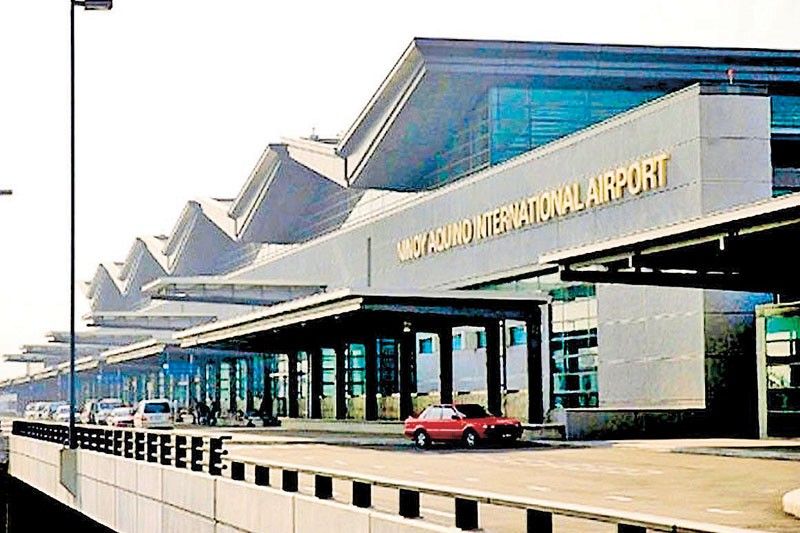NNIC plans to limit private jets in NAIA for runway efficiency

MANILA, Philippines — The private operator of the Ninoy Aquino International Airport (NAIA) is eyeing to limit general aviation at the gateway to one slot per hour to maximize its runway for commercial flights.
Sources told The STAR that New NAIA Infrastructure Corp. (NNIC) is proposing a reduction in the number of slots allocated for general aviation after the midterm elections in May.
Airlines are pushing for the removal of general aviation, particularly private flights, in NAIA to dedicate the gateway solely for commercial operations.
The plan is to trim the slots for general aviation to one per hour from at least two per hour. A source said this is the best compromise the operator can give, as some political figures oppose removing their private jets from NAIA.
“There may be changes as well in general aviation after the elections. From two slots per hour, it will be brought down to one slot only,” the source said, but quickly added that nothing is final yet.
According to data from the Manila International Airport Authority, NAIA facilitated 20,632 flights for 27,886 passengers in general aviation from January to November 2024.
In 2023, the airport welcomed 24,145 flights and 31,370 passengers in general aviation, reflecting an almost 1:1 ratio of aircraft and travelers, far from the load factor of jetliners.
Turboprops, which NNIC is pushing out of NAIA by March, can carry as many as 86 passengers on a De Havilland Canada Dash 8-400 New Generation of flag carrier Philippine Airlines (PAL).
NNIC, acting on its role as NAIA operator, is undertaking a series of reforms to optimize runway efficiency in the airport. Under its concession with the government, NNIC must improve aircraft movement to 48 an hour, from 40 currently.
As part of this, NNIC, in coordination with regulators, is moving turboprop operations in NAIA to secondary airports such as Clark International Airport. The reform was first reported by The STAR last year. It is scheduled to take effect on March 30.
Airlines like PAL and Cebu Pacific send their turboprops to island destinations like Busuanga and Siargao, where the airports are underdeveloped and can accommodate only smaller aircraft.
NNIC is assessing another round of terminal reassignment at the NAIA to ensure maximum efficiency in flight schedules and runway usage.
- Latest
- Trending




























